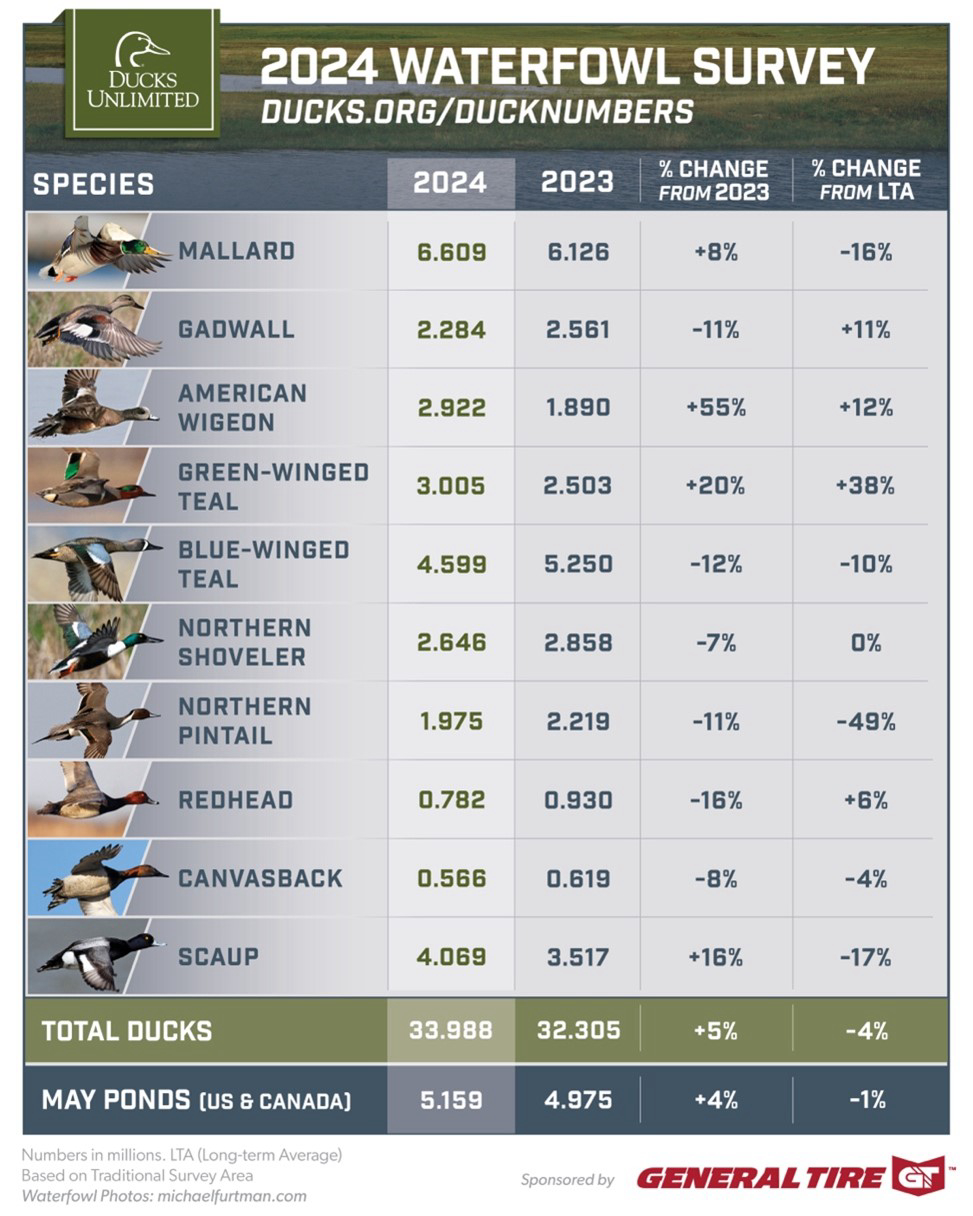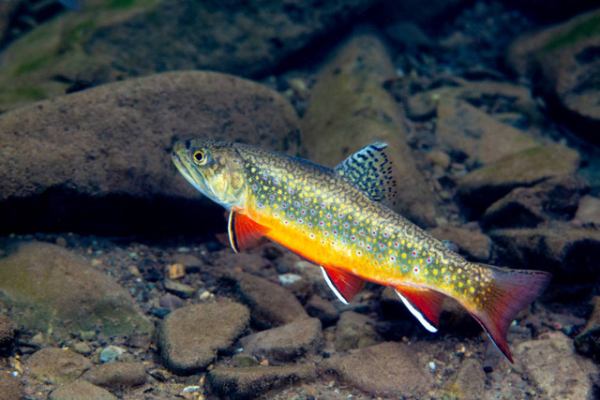Federal Excise Taxes Help Turn Former Cranberry Bogs into Haven for Wildlife and Fish
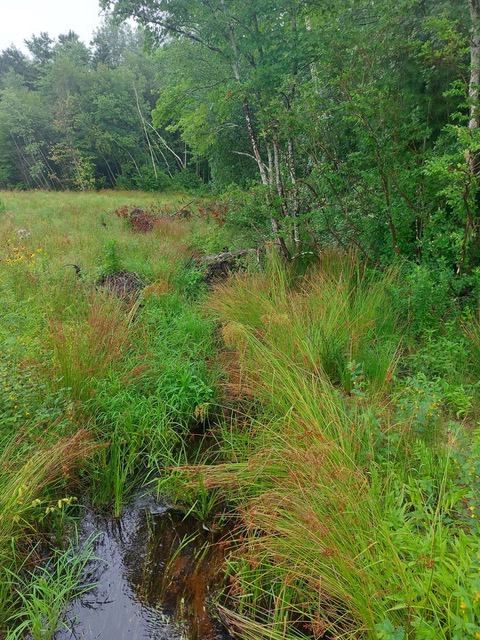
A great number of species make a home in a restored wetland at the former Tidmarsh Farm. Bill Perry USFWS
Brook trout, alewife, warblers and wood ducks dwell where cranberries were once the commodity.
Like any commodity, cranberry production is subject to changes in the markets. Cranberries, a native plant that naturally grows in soggy bogs in the Northeast United States have been commercially farmed on large scale for a century and a half, perhaps longer. But farming the berry is not so economically viable anymore—and that has afforded opportunities to put federal excise taxes paid by fishing tackle manufacturers to work for conservation.
Using funds from National Coastal Wetland Grants derived from the Sport Fish Restoration Act, the Massachusetts Department of Fish and Game’s Division of Ecological Restoration, and the U.S. Fish and Wildlife Service have engaged in a number of restoration projects in what had been known as the cranberry capital of the world. The group embarked on an endeavor to return a well-used farm into a mosaic of natural wildlife habitat. It’s the largest freshwater ecological restoration project yet to be accomplished in the northeastern United States.
The large Tidmarsh Farm located in Plymouth, Massachusetts, operated since the 1890s. The owners recently dedicated the farm not to development but to conservation, to restore the land to its soggy soils, forests, uplands, and open waters—for fish and wildlife and for people to enjoy.
Some 480 acres of farmland have been converted back to the natural maple-cypress woodlands, lowland bog, and miles of stream. The lands have been reshaped and contoured and revegetated with native trees as well as upland and wetland plants.
Gone are nine dams, dikes, and water control structures that formerly regulated flows and flooded the cranberry marshes on a seasonal basis. Their removal offers unfettered ocean-to-headwater access to upstream spawning habitat for alewife and blueback herring—fishes that spawn in freshwater and live the majority of their lives in salt water. They are a favored fare of striped bass while they too cruise the Atlantic Ocean.
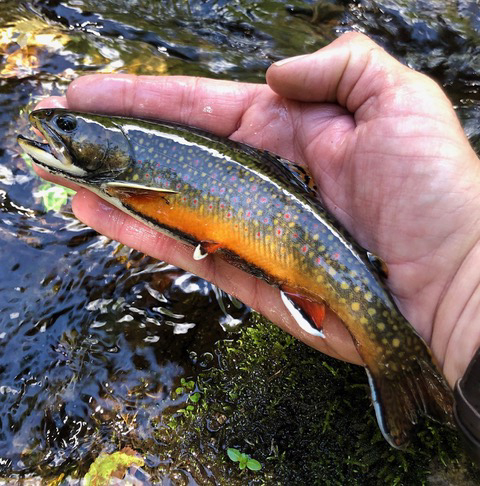
Colorful brook trout now swim in Beaver Dam Creek unimpeded, as do American eel that make a storied downstream migration to spawn out at sea. Their young return to parental streams to act out the timeless and remarkable cycle again years later. More than three and a half miles of stream were reshaped to recreate a natural flow. Some 3,000 stumps and logs were placed in the stream to mimic the natural processes that were missing from this landscape for so long to create fish habitat, slow water velocities, and to stabilize stream banks and prevent erosion.
A litany of songbirds, American Woodcock, and waterfowl such as the common green-headed curly tailed Mallard or the less ornamented and less common American Black Duck, feed, rest or nest in the novel wetlands of the former cranberry bogs. Visitors can hear the week-week-week call of hen Wood Ducks as they take to the wing.
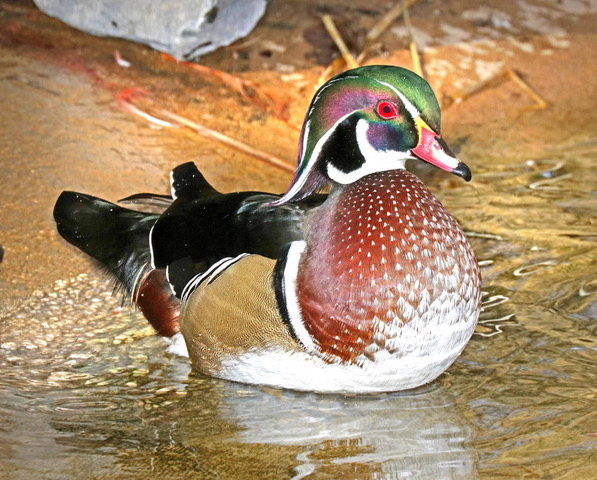
This National Coastal Wetland Grant restoration project commenced in 2012 and wrapped up in 2017 at which time Mass Audubon bought the property and opened a nature sanctuary for everyone to enjoy. The large site provides a laboratory for scientific research.
There’s more habitat restoration just underway via the same grant source and same partners. The Cold Brook Eco-Restoration project near Harwich, Massachusetts, involves the eventual removal of several dikes and water control structures and reshaping the land on a former cranberry farm. It too will benefit migratory fish and birds—and visitors who will thrill at the sight of waterfowl or the scolding chatter of a bounding belted kingfisher as it alights on perch overhead.
To learn more about the Sport Fish Restoration Act and Coastal Wetlands Grants visit Partner with a Payer.
— Craig Springer, USFWS – Wildlife and Sport Fish Restoration



